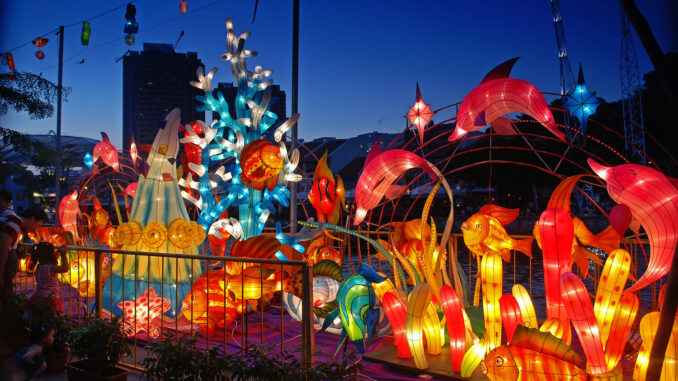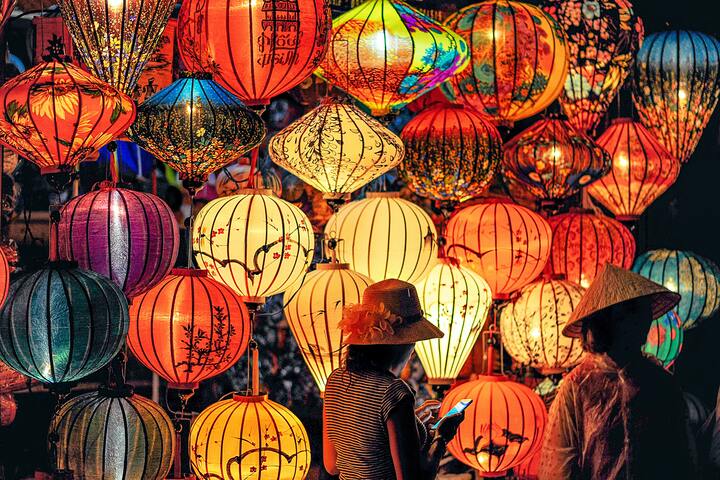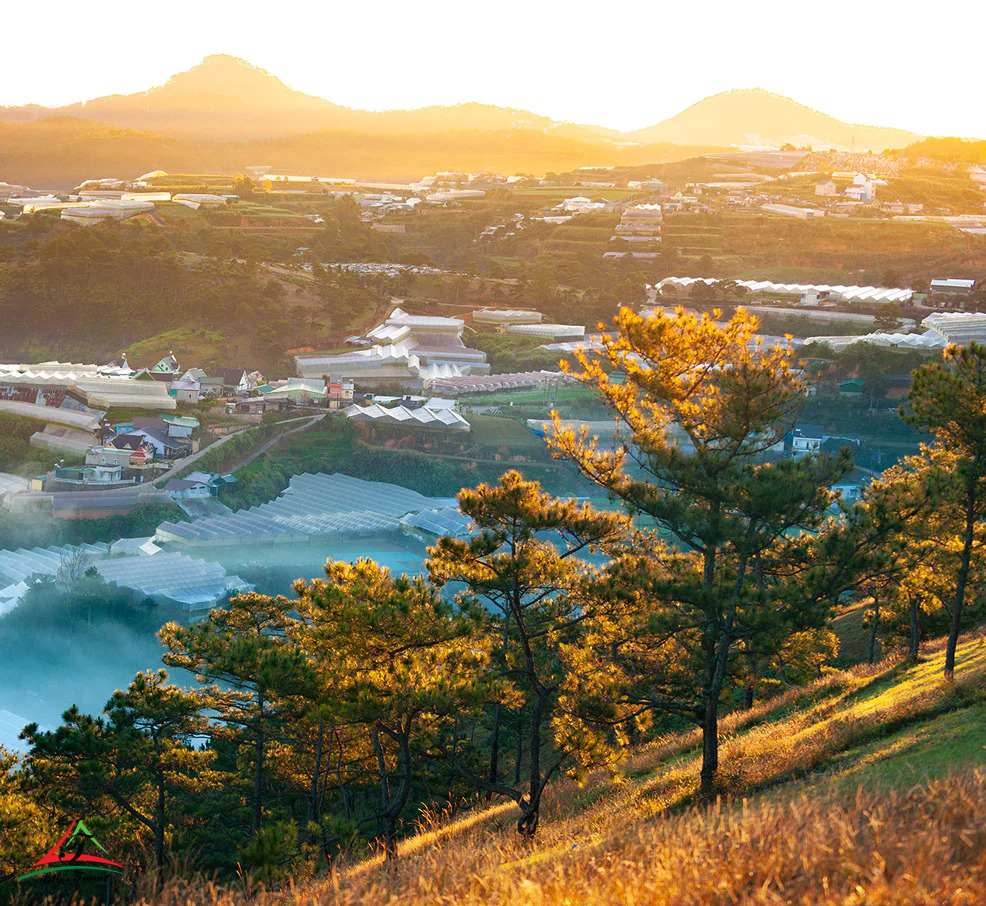
As the crisp autumn breeze begins to sweep across the landscapes, it’s time to embark on a journey filled with cultural wonders and breathtaking scenery. Vietnam, with its rich history, vibrant traditions, and picturesque landscapes, beckons travelers for an unforgettable autumn holiday. But before you delve into the allure of this Southeast Asian gem, let’s ease your worries about travel formalities.
With the ease of obtaining a Vietnam visa, you can embark on a journey that will create lasting memories and deepen your appreciation for this extraordinary nation.
1. When does Autumn begin?
The beginning of autumn varies depending on the region. In Vietnam, autumn usually starts around late September or early October, with temperatures becoming milder and rainfall decreasing in many parts of the country.
Choosing autumn as the time to travel to Vietnam offers a multitude of advantages that cater to various preferences and interests:
– Weather: Autumn in Vietnam brings warmer temperatures and lower humidity compared to the hot and humid summer months. This makes it more comfortable for outdoor activities such as exploring cities, trekking in the mountains, or cruising through scenic landscapes.

– Festivals: Autumn is a festive season in Vietnam, with numerous cultural events and celebrations taking place. From the Mid-Autumn Festival with its colorful lanterns and mooncakes to various regional festivals celebrating harvests and traditions, autumn offers a rich tapestry of cultural experiences.
– Natural Beauty: Vietnam’s landscapes transform into stunning vistas during autumn, with lush greenery, terraced rice fields, and colorful foliage painting the countryside. Whether you’re exploring the mountainous regions of Sapa or the picturesque valleys of Mai Chau, autumn showcases Vietnam’s natural beauty at its finest.
– Fewer Crowds: As autumn falls between the peak tourist seasons of summer and winter, travelers can enjoy fewer crowds and a more relaxed atmosphere at popular tourist destinations. This allows for a more immersive and authentic experience, whether you’re exploring bustling cities or tranquil rural areas.
– Value for Money: Traveling during the shoulder season of autumn often means lower prices for accommodation, transportation, and tours compared to peak tourist seasons. This allows travelers to make the most of their budget and indulge in unique experiences without breaking the bank.
3. Ideal destinations for Autumn holiday

– Da Lat: Known as the “City of Eternal Spring,” Dalat is a charming hill station nestled in the Central Highlands of Vietnam. Surrounded by pine forests, lakes, and waterfalls, Dalat offers a tranquil escape from the hustle and bustle of city life.
Explore the city’s French colonial architecture, visit colorful flower gardens, and enjoy outdoor activities such as hiking and biking. Autumn is a beautiful time to visit Dalat, with cool temperatures and blooming flowers adding to its natural charm.
– Hanoi: Vietnam’s capital city is a captivating blend of ancient charm and modern energy. Explore the historic Old Quarter with its narrow streets and traditional architecture, visit iconic landmarks like the Temple of Literature and Hoan Kiem Lake, and indulge in delicious street food delicacies. Autumn in Hanoi brings mild temperatures and clear skies, perfect for leisurely walks and sightseeing.
– Lan Ha Bay: Ranked second on the list is Lan Ha Bay, south of Cat Ba Island, Hai Phong, is one of the most beautiful bays in the world recognized by the World’s Most Beautiful Bays Club in 2020. The difference with Ha Long is that Most of the islands in Lan Ha are covered with bright green trees. For those who are looking for a place with spectacular natural beauty but not too crowded or have been to Ha Long and want a new experience, Lan Ha Bay is the ideal choice.
– Phu Quoc Island: Phu Quoc is the largest island in Vietnam, famous for its smooth, white sand beaches, clear sea water and long-standing fishing villages. October – November is the perfect time to go to Phu Quoc because this is the beautiful season on the island. Tourists have countless activities to experience such as soaking in the clear blue sea, cycling to see the scenery, kayaking, scuba diving to see coral, visiting pepper gardens, traditional fish sauce production facilities, and pearl farming.
Why foreign tourists need to have Vietnam visa to enter Vietnam
Vietnam is a sovereign country with its own immigration laws. Just like any other country, Vietnam has the right to control who enters and exits its borders. By requiring foreign tourists to obtain a visa, Vietnam can ensure that only those who meet certain requirements are allowed to enter the country.
Apply for Vietnam visa
Apply for a Vietnam visa to visit these famous spiritual destinations above. Currently, Currently, there are 3 common ways to apply for a Vietnam visa.
– Through Vietnam Embassy/ Consulate.
– Through Vietnam eVisa.
– Through Vietnam visa on arrival (VOA).
To find out more details about how to apply for Vietnam tourist visa, please follow this article: How to Apply for Vietnam Tourist Visa